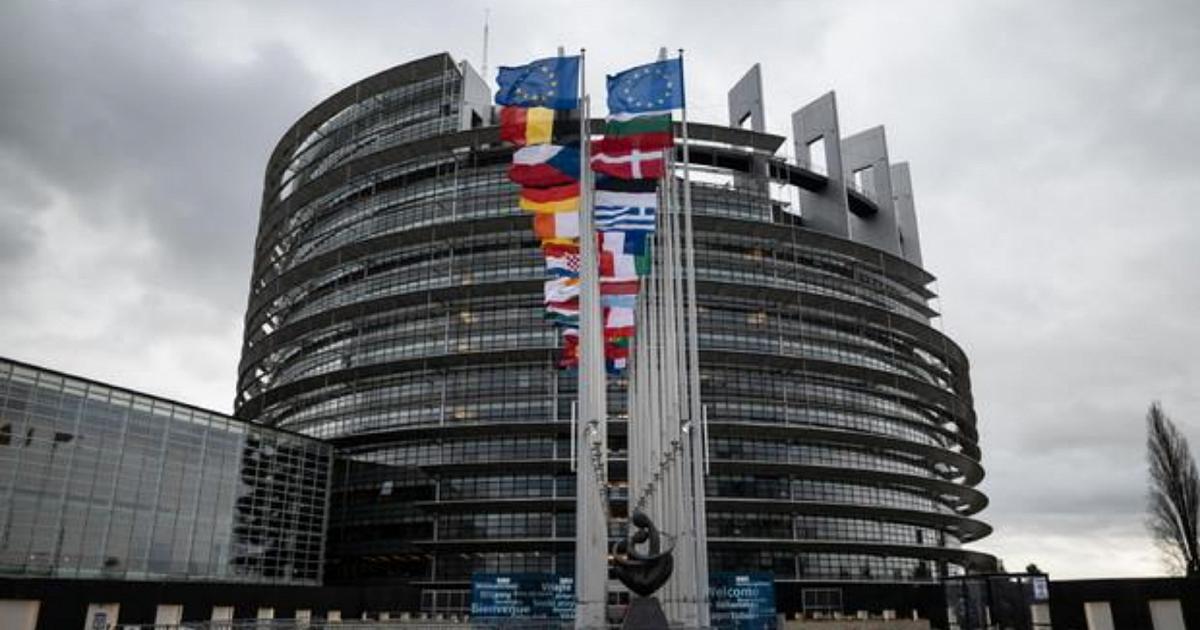It’s time to get to grips with the electoral lists or those alliances that allow us to reach the 4% threshold to elect at least someone to the Strasbourg parliament.
There are different techniques: one is that of leading candidates – some say “vote grabber” – and this is why the “larger” parties discuss the possible candidacy of their leaders. But there is also the mechanism of “electoral list”, the one that brings together small different parties to reach the fateful threshold.
In both cases there are pros and cons. In large parties we think about opportunity. We ask ourselves, for example, whether Giorgia Meloni is appropriately eligible for candidacy as Prime Minister or who, as in the case of Elly Schlein who deals with the party and therefore with Italian issues, judges her candidacy in Europe to be difficult for the electorate to understand.
Instead, the list that was created with the aim of bringing together different experiences to reach 4% generates other problems, with the related discussions. Who should you form an alliance with?
Italia Viva has chosen to “join” for the European elections with +Europe – and so far so good.
Then, however, a new centrist partner was sought and there is talk of the electoral agreement with the new DC of Totò Cuffaro. Federico Pizzarottiformer mayor of Parma, already a Five Star member and in the party since 2019 Emma Bonino it doesn’t fit. He takes pen and paper and writes: “I have chosen +Europa since 2019, running for the European elections on a list that we knew would not reach the 4% threshold, precisely because it is a party that has decided to function according to the rules, and not according to the will of a leader. So, with great serenity, let’s stop and decide together who +Europa should ally with and who shouldn’t. I say that the New DC of Salvatore Cuffaro and Francesca Donatoexponent No euro, has nothing to do with us”.
There are those who have fewer problems, like the mayor of Taormina, Cateno De Luca – called, in Sicily, Scateno. In the best school of the end justifies the means, the leader of South calls North has put together 17 small parties or lists that come from all over Italy. From NoVax to Italexit, from Mr. Valleverde’s moderate party, from pensioners to the minor leagues. 17 symbols inside a larger symbol that mentions “Freedom”. Reaching 4% is difficult, says De Luca who presented his “project” to the Chamber, but the list is interested in reaching 3% in order to be attractive for the next political elections.
The centre-right is getting busy Antonio Tajani to aggregate as many moderates as possible into the list.
Forza Italia, We moderates but also the courtship with the SVP which in Europe is in the EPP, Scajola’s civic lists. The aim, in this case, is not to reach the threshold since that is there. But rather that of bringing together the Italian moderates under the same house, at the moment “European” and then… who knows.
Finally the PDwhich discusses the candidacies but is divided on the pedigrees of the candidates.
Whether they are too or too little moderate or too or too little progressive. These days the candidacy that is causing the most discussion in the Democratic Party is that of the former director of Avvenire Marcus Tarquinius, near the Community of Sant’Egidio. Part of the reformist wing doesn’t like Tarquinio for his positions against weapons in Ukraine. Other leftists defend him. Elly Shlein he has doubts not about Ukraine but about Tarquinius’ opposition to equal marriage, the Zan law and civil unions.
Complicated balances.

